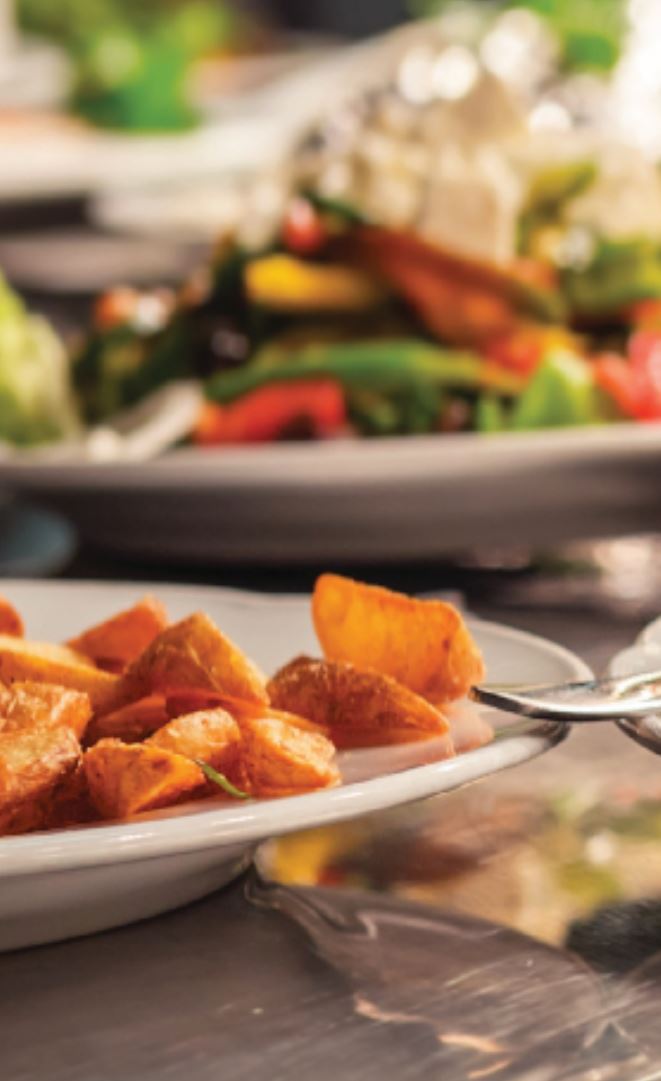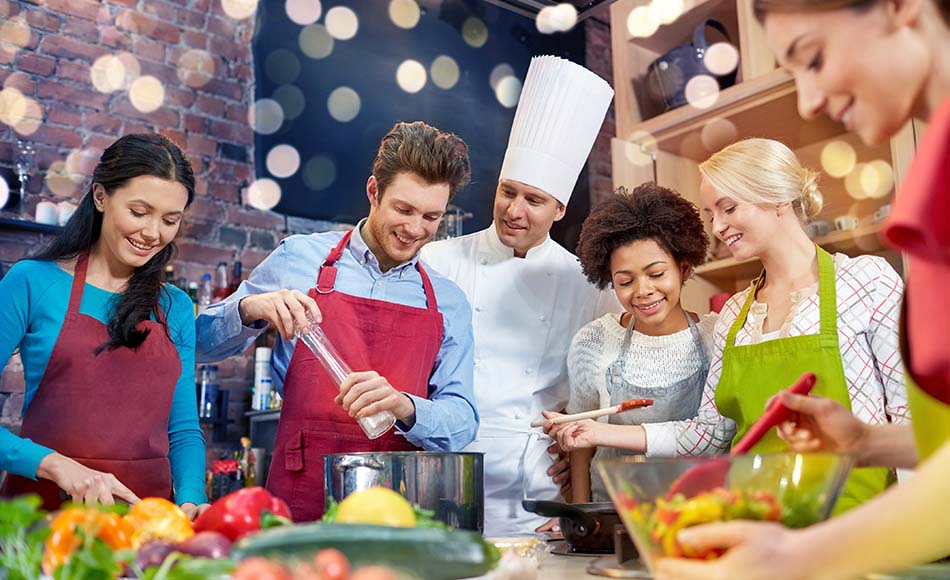Restaurants can host chef cooking class on a regular basis (like Flour Bakery does) or as a special event (like Mei Mei did for Mother’s Day). Either way, when promoted and run well, these cooking classes can be a great event to gain traction for your restaurant.
Let’s take a look at the five steps required to host a chef cooking class in your restaurant.
1. Plan the Class
Before you commit to a series of daily, weekly, or monthly cooking class options, start with one. Make sure to answer the questions in this list before you get to promoting:
- Who will host the class? If the mastermind behind your signature dish is available to lead the class, offer the spot to him or her.
- What will you be cooking? For a class like this, recipes should be both fun to make and easy to cook. Don’t give away your family’s secret recipe, but also don’t expect people to be thrilled to throw sauce and cheese on a pizza unless you’re starting from scratch. If you can’t decide on a dish, check your POS sales reports to find your most popular meal and make that.
- How much will the class cost? Factor in the host’s time, the ingredients, and any sort of takeaways you’d like each participant to have, like a T-shirt or a free kitchen tool. If you’re closing your restaurant for the night to host the class, be sure to factor in the potential lost business as well.
- When will the class be? Pick a date for your class. In the earlier example of Mei Mei, they chose a holiday (Mother’s Day) and a period of lull in most restaurants (2-5 p.m.). Picking a time where your restaurant’s traffic tends to be a bit slower could bring more people in during this time period.
2. Promote the Class
Once all the details are hashed out, it’s time to market your cooking class. Here are some strategies you can use to fill up the roster:
- List it on your website. Like Flour Bakery, posting the event on your website makes all the information clear. Ideally, those interested can register right from your website, or you can link to an events page from your website. Creating a web page for your event also helps with SEO — if someone in your area searches for “local cooking class” or “chef cooking class near me,” your page will help you be one of the first results.
- Post it on social media. Make an event on Facebook so people can share the page with their friends. You can also post photos or event links on sites like Twitter and Instagram to gain more frequent exposure. If your chef or host has an established presence on social media, have him or her share the invite as well. If you really want to give the event an extra push, try creating a social media ad for your cooking class — 75 percent of restaurants advertise on social media, so the industry agrees that this method of marketing is indeed effective for getting customers in the door.
- Table tents and posters. For your regulars, table tents and signs on your windows (if appropriate for your concept) work as great internal advertising. Since these guests come to your restaurant and already like your food, they should be among the first to jump at the opportunity to take a cooking class at your restaurant.
- Contact press or local “what to do” publications. Chances are, your area has a few websites that list local events. You can easily find them by searching for “things to do in [city/town]” on Google. Reach out to these publications and ask to be listed on their site with a link to the registration page. Locals, visitors, and people just trying to plan their weekends will see the event — and it just might catch their eye.
3. Host the Class
The moment of truth! Time to host your cooking class. Let’s go over a few reminders for the big day:
- Keep your class engaged. Make sure you’re always keeping your audience entertained. Give them instruction, show them a demonstration, make ‘em laugh, tell them a story of how the recipe was founded, and (needless to say) put them to work in the kitchen. When you’re starting a recipe from scratch, take them on the journey through captivating words and activities.
- Involve everyone. Whether this is a private class for a couple on a date or a group event filled with strangers, make sure everyone is involved. If you’re using a tool that is scarce (certain types of knives, a pasta maker, etc.), give everyone a turn to have a good time.
- Give class members something to take home. Make sure attendees have some food to take home with them. If you think they’ll be eating all of their meal in your restaurant, offer them a souvenir or set aside some leftovers for them to share with friends and family who may sign up for your next class after they taste it.
4. Change the Class
Now’s as good a time as any to face the fact that your first restaurant cooking class won’t be perfect. For your first event, take note of what went wrong and follow up with attendees for feedback. Encourage them to reach out to you with feedback or leave comment cards during the class. Make some changes to the class to make it even better next time.
5. Re-Promote the Class
Once you solidify a successful plan for your chef cooking class, develop a new promotion plan. If you’ve made any major changes to your class (“Now offered twice a week!” “Book a private session for Valentine’s Day!”), promote these as well. Continuous promotion — especially on social media and your website — keeps your cooking classes at the top of your guests’ minds when they’re looking for something new to do.
Source: AJ Beltis for Toast


